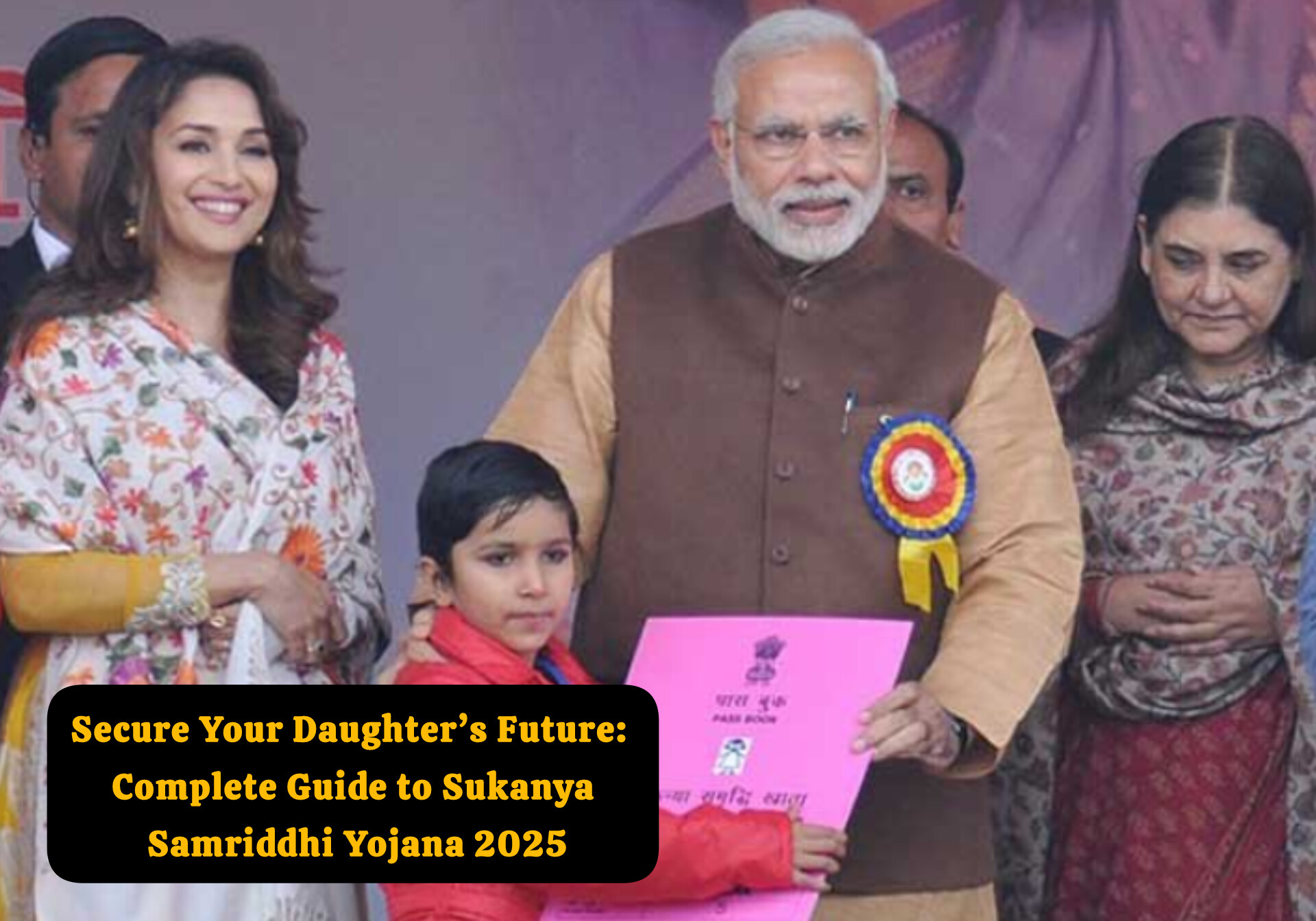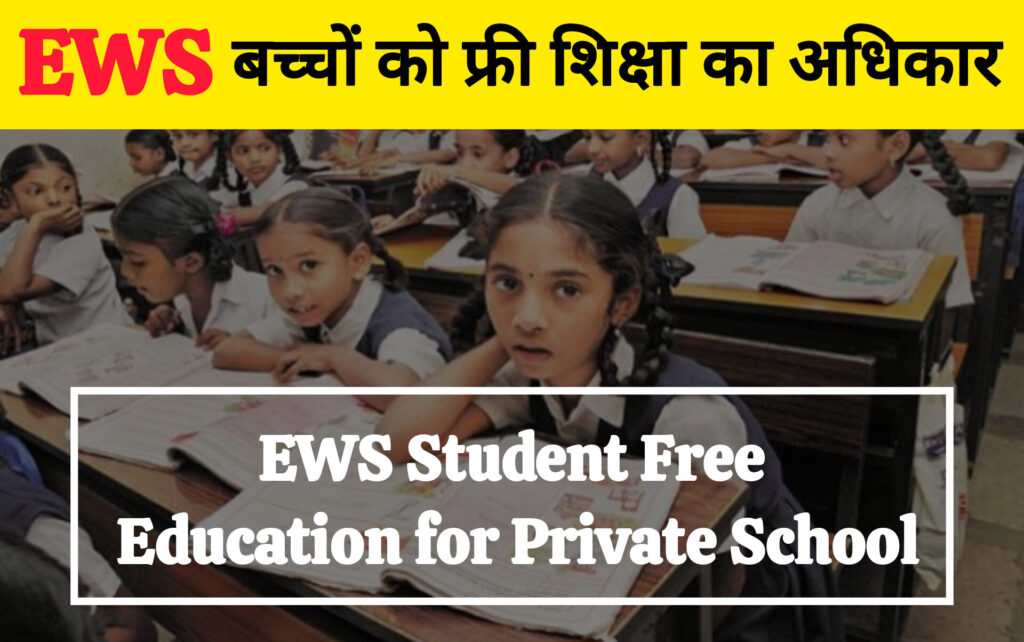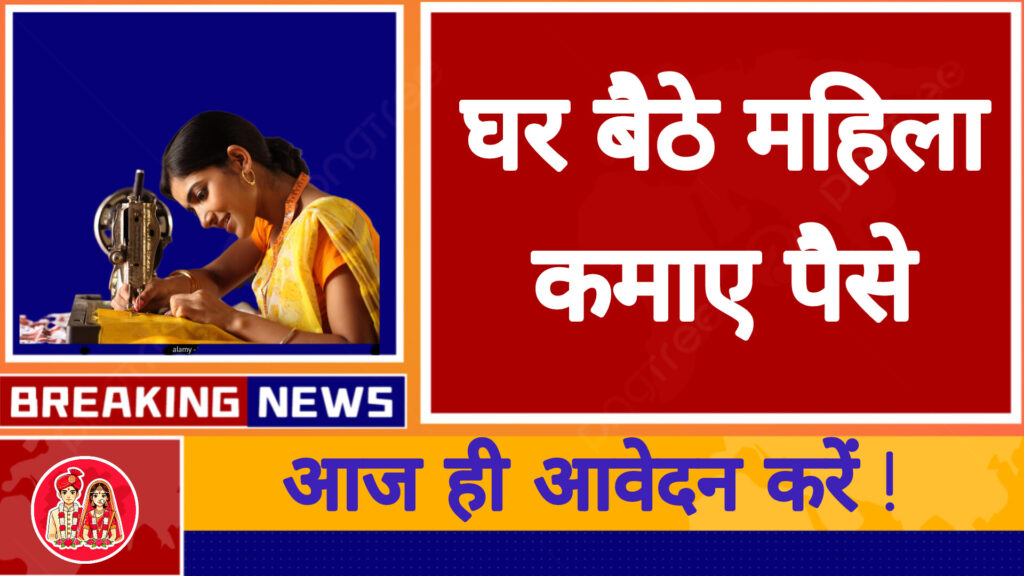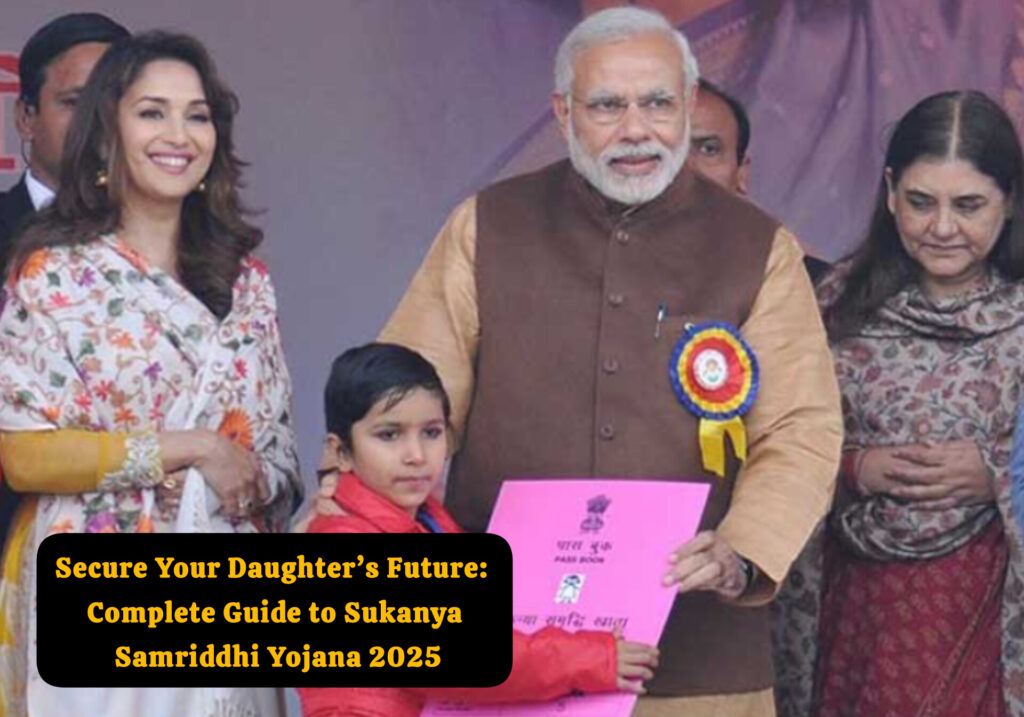Key Points
- The Sukanya Samriddhi Account (SSA) is a government-backed savings scheme for girl children in India, aimed at securing their future for education and marriage.
- It offers a current interest rate of 8.2% per annum, with tax benefits under Section 80C.
- Accounts can be opened for girls up to 10 years old, with deposits ranging from Rs. 250 to Rs. 1.5 lakh per year.
- The scheme matures after 21 years or upon marriage after 18, with partial withdrawals allowed for education.
Overview
The Sukanya Samriddhi Account, part of the “Beti Bachao, Beti Padhao” initiative, is designed to encourage savings for a girl child’s future. It provides a high interest rate and tax exemptions, making it a popular choice for parents.
Eligibility and Opening
- Openable by parents or guardians for girls under 10 years.
- Can be started at post offices or authorized banks like HDFC Bank or SBI.
Deposits and Interest
- Minimum deposit is Rs. 250, with a maximum of Rs. 1.5 lakh annually.
- Current interest rate is 8.2%, compounded annually, offering significant returns over time.
Maturity and Withdrawals
- Matures in 21 years or upon marriage after 18, whichever comes first.
- Partial withdrawals (up to 50%) are allowed after 18 for education or marriage purposes.
Survey Note: Comprehensive Details on Sukanya Samriddhi Account
The Sukanya Samriddhi Account (SSA), also known as the Sukanya Samriddhi Yojana (SSY), is a government-initiated savings scheme launched on January 22, 2015, under the “Beti Bachao, Beti Padhao” campaign. This scheme is specifically designed to secure the financial future of girl children in India, focusing on their higher education and marriage expenses. It is part of a broader effort to reduce gender disparity and promote savings for girls, offering attractive interest rates and tax benefits.
Eligibility and Account Opening
The account can be opened by the parents or legal guardians of a girl child who is 10 years of age or younger at the time of opening. This ensures early financial planning for the child’s future. Families can open up to two accounts for two girl children, with provisions for additional accounts in cases of twins or triplets born as the first or second child. The account must be opened at authorized post offices or commercial banks, such as State Bank of India (SBI), HDFC Bank, Punjab National Bank (PNB), ICICI Bank, and others, ensuring wide accessibility.
Required documents include the girl’s birth certificate, identity and address proof of the guardian (e.g., Aadhaar, Voter ID), and, if applicable, a medical certificate for multiple births. The application process involves filling out Form-1, available at India Post Account Opening Form, along with KYC documents.
Deposit Details
Deposits into the SSA can range from a minimum of Rs. 250 to a maximum of Rs. 1.5 lakh per financial year, with deposits made in multiples of Rs. 50. This flexibility allows parents to contribute according to their financial capacity. Deposits can be made until the completion of 15 years from the date of account opening, providing a long window for savings. If the minimum deposit is not made in any financial year, the account is considered under default, incurring a penalty of Rs. 50 per year. It can be regularized within 15 years by paying the missed deposits along with the penalty, with interest earned only on the deposited amount.
Online payments are facilitated through the India Post Payments Bank (IPPB) app, and standing instructions can be set for automatic transfers from a linked savings account, enhancing convenience.
Interest Rate and Returns
The current interest rate for the first quarter of 2025-26 (April-June 2025) is 8.2% per annum, compounded annually. This rate is determined quarterly by the government based on yields from government securities and is credited at the end of each financial year. Interest is calculated on the lowest balance in the account between the 5th day and the end of each month, ensuring fair returns. This rate is notably higher compared to other government-backed schemes like the Public Provident Fund (PPF), making SSY an attractive option for long-term savings.
Historical trends show the interest rate has been stable at 8.2% for recent quarters, as confirmed by sources like ClearTax SSY Details and Bajaj Finserv SSY Interest Rate. The compounded interest allows for significant growth, with calculators available online, such as at Groww SSY Calculator, to estimate maturity amounts.
Maturity and Withdrawal Rules
The account matures after 21 years from the date of opening or upon the girl’s marriage after she turns 18, whichever occurs first. This long tenure ensures substantial savings growth. Partial withdrawals are permitted, allowing up to 50% of the balance at the end of the previous financial year, provided the girl has attained 18 years of age or passed the 10th standard. Withdrawals are intended for higher education or marriage expenses and can be made in a lump sum or in five equal yearly installments, requiring Form-3 and supporting proofs.
Premature Closure and Transferability
Premature closure is allowed under specific circumstances, such as the girl’s marriage after 18 (with Form-4 and age proof, within one month before or three months after the marriage), death of the girl child (with a death certificate), life-threatening diseases (authorized by the Central Government), or the guardian’s death. In such cases, the account earns interest at the post office savings account rate, which is lower than the SSY rate.
The account is transferable between post offices or banks anywhere in India, free of charge if due to a change of residence, otherwise incurring a Rs. 100 fee. This flexibility ensures continuity of the scheme regardless of relocation.
Tax Benefits
SSY falls under the EEE (Exempt-Exempt-Exempt) category, offering significant tax advantages. Deposits qualify for deductions under Section 80C of the Income Tax Act, up to Rs. 1.5 lakh per year. The interest earned is tax-free under Section 10(11A), and the maturity amount is also exempt from tax, making it a triple tax-free investment. This feature is particularly appealing for tax planning, as highlighted by Paisabazaar SSY Taxation.
Additional Features and Benefits
The scheme is noted for its affordability, requiring only a minimum balance of Rs. 250 per fiscal year, and offers high interest rates compared to other government schemes. It supports financial inclusion and gender equality by incentivizing savings for girls. Online tools like the SSY calculator at Axis Bank SSY Calculator help estimate returns, aiding in financial planning.
Historical Context and Participation
Since its launch in 2015, SSY has been a cornerstone of government efforts to empower girl children financially. Participating banks include major institutions like SBI, HDFC Bank, PNB, and ICICI Bank, ensuring widespread access. The scheme’s stability, with consistent interest rates and government backing, makes it a reliable option for long-term savers, especially in the context of India’s economic landscape as of June 27, 2025.
Summary Table of Key Details
| Aspect | Details |
|---|---|
| Minimum Deposit | Rs. 250 per financial year |
| Maximum Deposit | Rs. 1.5 lakh per financial year |
| Interest Rate (Apr-Jun 2025) | 8.2% p.a., compounded annually |
| Account Opening Age | Up to 10 years for the girl child |
| Maturity Period | 21 years from opening or marriage after 18 |
| Tax Benefits | EEE category: Deduction under Section 80C, interest and maturity tax-free |
| Withdrawal | 50% after 18 for education/marriage |
| Premature Closure | Allowed for marriage, death, life-threatening diseases |
| Transfer Fee | Free for residence change, else Rs. 100 |
This comprehensive overview ensures parents have all necessary information to leverage the Sukanya Samriddhi Account for their daughter’s future, aligning with current financial and tax planning strategies as of June 27, 2025.









